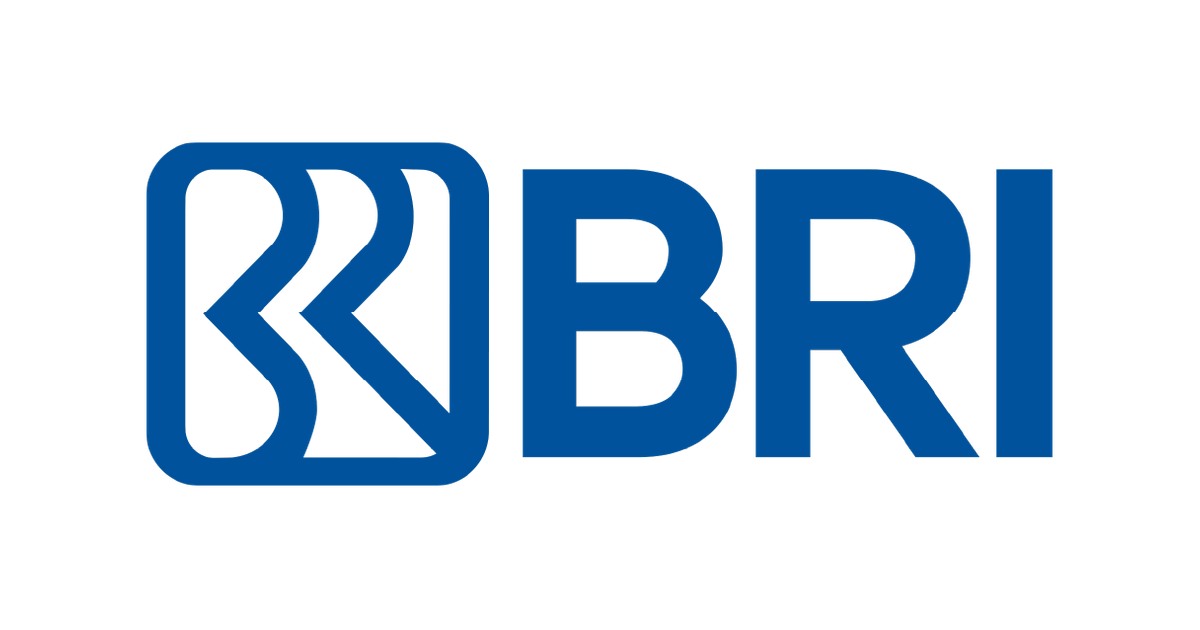Job Simulations: What They Are and Why Recruiters Need Them
Recruiting or hiring the right talent is essential to the growth of any business. However, it’s not always easy to find the right person. Most times, it feels like trying to find a needle in a haystack-like heap of...

Recruiting or hiring the right talent is essential to the growth of any business. However, it’s not always easy to find the right person. Most times, it feels like trying to find a needle in a haystack-like heap of CVs, with each new one looking better than the last. Sorting through these CVs often requires a ton of time and effort — without the guarantee of picking the right candidate. You can make things easier for yourself and increase your chances of picking the right candidate by using job simulations. In this guide, you’ll learn what job simulations mean. We’ll also consider how job simulations can help you, its pros and cons, types, and how to create an excellent job simulation that’ll benefit your company and its employees. Let’s begin! A job simulation, or work simulation, is an employment test where potential employees are asked to complete tasks expected from them on the job. For example, for a secretary position, a job simulation might include typing a dictation or completing forms. A job simulation might also involve the candidate showing their soft skills like communication, empathy, and emotional intelligence. Job role tests are specific to the job the applicant is applying for, and by using these tests, employers can determine whether a job candidate can do the job instead of hiring them just based on their CVs or interview answers. 85+ years of research compiled into the Schmidt-Hunter paper reveal that education and experience aren’t effective at predicting candidates’ ability. Instead, job simulations help test for skills directly! Let’s now see some of the most significant advantages and disadvantages of using these tests in a job hiring process. These tests can occur at different points in the hiring process. Here are some of the best times to use them. Using job simulations as the first screening step can weed out less-suitable candidates, leaving recruiters with an optimized pool that’ll make the time, effort, and costs of undergoing custom aspects of the hiring process worth it. Situational judgment tests and similar role-specific tests prove effective at this stage. Using simulations like in-basket tests and case interviews in the final stages of the hiring process will increase the chances of hiring right. Since these tests take time to create and execute, using these tests at this stage ensures that recruiting teams spend their time rightly because they’ll likely be testing serious contenders. Why should you consider using job simulations when hiring? Let’s discuss five significant reasons. A CV can be an excellent way to gauge whether a candidate is suitable for a job. However, it’s not enough, especially considering that candidates can now pay great writers to help them write or polish their resumes and cover letters. Interviews are also an essential part of the hiring process, but many recruiters will agree that great interviewers don’t always make for great employees and vice versa. However, a job simulation is better than CVs and interviews to evaluate a potential employee's skills objectively. Such tests ensure you’re moved to hire by actual ability and let you see how well candidates handle the job in real-time and under work conditions. Using these tests can reduce the risk of a bad hire. And how vital hiring right is! Hiring right reportedly increases the productivity of UK companies by almost £7.7 billion, while employing the wrong person can cost a business three times higher than a misdirected salary. It’s illegal to discriminate against job applicants based on their gender, religion, race, and other factors. Unfortunately, many recruiters still discriminate against some candidates because of unconscious bias. Using job simulations, though, it’s easier to fight against unconscious discrimination actively, thus helping you choose the best person for the job regardless of who they are. These tests open a window for recruiters to peek into the personality of potential hires. Since simulations mirror actual work conditions, recruiters can see how candidates behave under stress, in a team, and when facing agitated customers. For instance, they might learn that Candidate A is rude to agitated customers and doesn’t work well with others, despite acing their interview. In contrast, Candidate B, who is shy and reserved, has an excellent way with customers and teammates. Filling a position takes a lot of time, resources, and effort. Recruiters have to collect resumes, sift through to shortlist candidates, interview candidates, and welcome the new employees. Imagine hiring wrong and having to find a replacement for the position within only six months. With the average cost of training new employees running into thousands of dollars, how important it is to hire right! Job simulations help reduce these risks and assist companies in hiring at the lowest cost. Companies aren’t the only ones that benefit from job simulations: candidates do too. A job simulation lets candidates know what they are expected to do in the role. They taste the organization’s culture and processes and experience its dynamics. When candidates realize from the start that the job isn’t for them, they can exit the process early. This self-elimination can help decrease employee turnover because you’ll have to only sort through people suited for the role and looking to stay will be hired. Although a job simulation is generally excellent, it has a few disadvantages. Simulations, particularly in-person simulations, will require a lot of resources. You'll need a space to carry out the simulation, a scheduling program for everyone to do the simulations, and internal staff to administer and debris the simulations which could mean hiring a new team. Simulations can take time to create and execute. For example, it could take several weeks or even months to develop custom simulations. Depending on your recruitment goals, this may not be worth the time and people resources you'll need to make this happen. Job simulations have different forms, depending on the role. However, there are some common types of job simulation tests. Let’s discuss them. In this type of job simulation, the candidate must complete a set of tasks in a given period. This simulation aims to see how the candidate deals with tasks and deadlines and applies critical thinking. In addition, by observing the potential hire, managers can see how well or poorly the candidate manages their workflow. In-basket simulations are recommended if you’re hiring for an administrative or managerial position. The situational judgment test (SJT) is a simulation test where the candidate is put in pretend scenarios with obstacles and assessed based on how they deal with these challenges. These scenarios are usually in the form of multiple-choice questions, and the results are anonymously collected to weed out any bias. For example, an SJT may put the candidate in a situation where they have to deal with an angry customer—the potential employee has to choose from several options on how they’ll deal with the customer. Some companies use take-home assignments to test their candidates. These assignments are due within a timeframe, but they offer candidates the advantage of doing the test in their comfort zone and within their schedule. While it has been criticized as being a less accurate simulation, it can be helpful if a manager wants to know how well a candidate works independently and without close management. Group tests are instrumental in checking out how well potential hires work in teams and communicate with others. These tests can be in the form of group discussions and presentations or could be a group activity where the group has to solve a work-related problem. Either way, it offers managers insight into the dynamics at work and even helps to assign roles if the company’s hiring more than one candidate. In this simulation, the candidate is presented with a challenging business scenario that they must navigate. It puts the candidate in the ‘hot seat’ and helps hiring managers to assess the candidate’s ability to deal with high-pressure, high-stakes conditions. Here are tips for creating successful job simulations. Whatever the form of the job simulation, it’s vital to make it immersive. This means the candidate must genuinely experience what it feels like to work in the role. Depending on the position and requirements, a job simulation can take a few hours or take the entire day. The simulation should be clear and specific. Therefore, hiring managers should explain what is measured and how it is measured to the candidates. Then, by guiding candidates, you let them focus on doing their best. Clarity and specificity also extends to your hiring team. They should know what’s being measured and how it’s being measured. All team members should know the specific skills and qualities they should be looking for. Job simulations are an excellent addition to any recruitment process as they help you discover skills you’d otherwise not have found on a CV. Although the process can be time-consuming, especially if it’s the first time incorporating it in your recruitment process, the benefits are worth it.
What is a Job Simulation?
When to Use Job Simulations
During Screening
At the Final Interview Stage
Advantages of Using Job Simulations
1. It Tests the Candidates’ Skills
2. It Reduces Bias
3. It Gives Deeper Insights
4. It Reduces the Cost of Bad Hires
5. It Benefits Candidates
Disadvantages of Using Job Simulations
1. It Can Be Expensive
2. It Can Exhaust Time and Resources
Types of Job Simulations
In-basket Simulations
Situational Judgment Tests
Take-home assignments
Group tests
Case interviews
Tips for Creating Successful Job Simulations
1. Make it immersive.
2. Make it clear and specific.
Final Thoughts on Job Simulations
Originally published Jun 9, 2022 7:00:00 AM, updated June 09 2022

 Hollif
Hollif 































